My Adoption Story as a Dad – “I Wish I Knew…” Episode 08

newborn
family
Client tips
parent tips
"I wish I knew"
I'm Marjorie
LOS ANGELES NEWBORN & FAMILY PHOTOGRAPHER
I work with parents who want relaxed and unposed photos, providing them with images that capture the joyful and unscripted moments in life.
More about Me
In this episode of the parenthood documentary series, “I Wish I Knew,” Michael shares his 2-year adoption story that led him to his son and allowed him to realize his lifelong dream of being a parent.
My Long and Emotional Adoption Story
TABLE OF CONTENTS
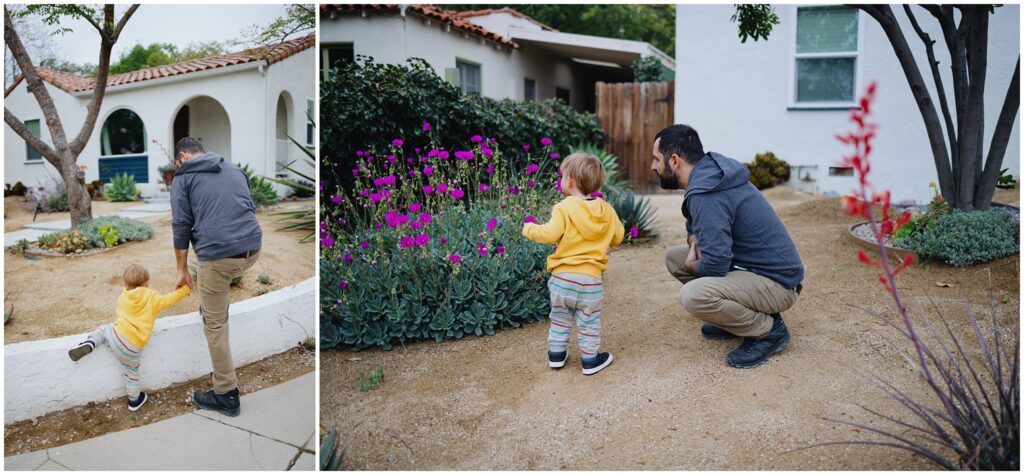
After grieving their infertility, Michael and his partner Nicole decided to pursue adoption. It was a long and difficult journey. It took a lot of emotional and financial preparation to finally make the leap. Two years to the day after they officially began, Michael and Nicole received a call that a baby had been born that was up for adoption. They had to fly to a different state within hours of receiving the news, to meet the child and make a decision.
“The moment we laid eyes on him, we knew he was our child,” remembers Michael. Because everything happened at the last minute, the couple was caught totally unprepared. “We had no baby ANYTHING!” shares Michael. “Our lives were chaos.”
After eventually finding their footing and settling into their new lives as parents, they were blindsided by an overwhelming feeling of inadequacy. It was postpartum depression. As most people, Michael and Nicole didn’t know you could experience postpartum depression as adoptive parents. Thankfully, they had the resources to educate themselves on the matter and eventually overcome those feelings.
Michael describes watching his son grow and become a little person as a beautiful and magical experience. “It’s just spectacular to behold.” Years later, the adoption has been finalized but they continue to wait for their son’s most basic documents: his birth certificate and social security card. But they are happily living their lives in the meantime.
Watch the episode to hear the full story.
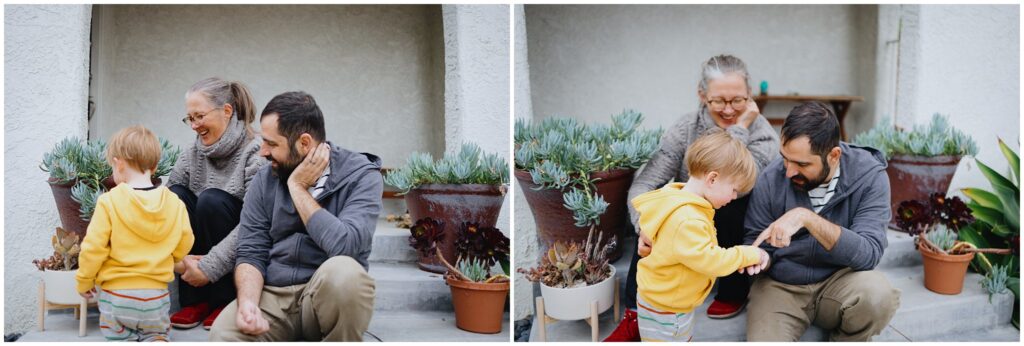
Grieving Infertility
“Professional counselors have a responsibility to provide compassionate and competent mental health treatment. Each infertility journey is unique, and counseling interventions should be tailored to fit the individual needs of every client. Taking clients’ cultural, religious or spiritual backgrounds into consideration, several interventions may be used to effectively assist these clients through their grief.
- Counselors, first and foremost, can be present and listen. Typically, this is what is missing when family members, friends, co-workers, doctors or strangers offer comments that end up being hurtful or invalidating to the person or couple experiencing infertility. We do not have to have the answers — even as counselors. Just be there.
- Counselors can assist clients in articulating what they need from others around them. This may also incorporate methods for helping clients increase their assertiveness or self-confidence.
- Counselors can help clients redefine their life expectations and conceptualizations of womanhood, family and mothering. This may also include processing how clients perceive lost embryos, chemical pregnancies or miscarriages to fit within the family unit.
- Counselors can help clients manage the roller coaster of emotions and ongoing stress as they are trying to conceive, rather than focusing on finding closure. Closure usually implies resolution, which may not be possible with the prolonged nature of infertility and the treatment process.
- Counselors can assist clients in developing their own rituals while trying to conceive, undergoing fertility treatment, or after making the decision to stop treatment. For example, a woman once told me that she threw a party after she and her husband decided to stop IVF treatments. The party signified taking control over their decision to remain child-free and served as a celebration of the effort it had taken to come that far.
- Counselors can explore appropriate methods of client self-care, including engaging in hobbies, participating in creative or social activities, and even taking breaks (as needed) from trying to conceive or pursuing medical treatment.
- Counselors can connect clients with appropriate resources. It may be necessary to provide clients referrals to group counseling if they wish to connect with others who have similar stories, or to couples counseling if they are struggling in their relationships. In addition, location or cost can be barriers to clients obtaining the services that would work best for them, so counselors who are knowledgeable about online resources can provide these options. Collaborating with other health care professionals with whom the client is working can also provide more comprehensive treatment.
This is not, of course, an exhaustive list. Grief is a personal experience. Which methods are the best fit for your client should be explored in a therapeutic setting that considers both individual and cultural contexts.”
For more information and resources on infertility and grief, please visit the link below.
Source: Counseling Today
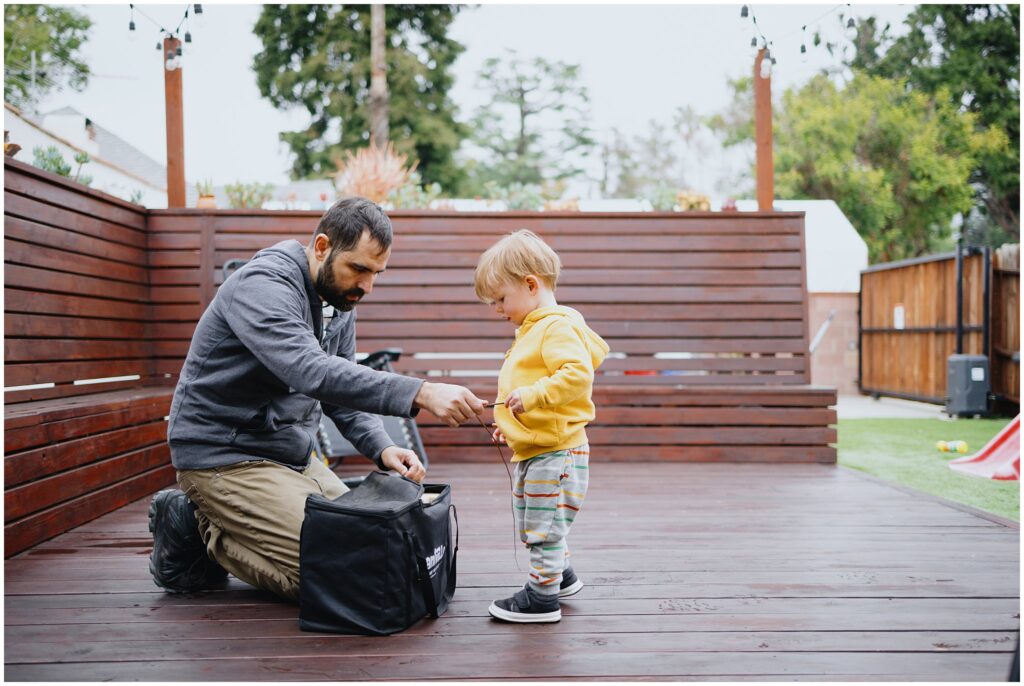
Adoption Process Overview
Step 1: Learn How to Adopt a Baby / Select the Type of Adoption That is Right For You
As an Adopting Parent, you get to decide on what type of adoption program is best for you and your family. Every adoption opportunity is unique. It is important to understand why you want to adopt a child and what your lifestyle will allow you to realistically be able to do in an adoption.
Step 2: Research the Costs of Adopting a Baby
Once you decide the type of adoption you wish to pursue, it is important to obtain a solid understanding of the costs involved in the process. Standard fees typically include, but are not limited to: your adoption professional’s fees, marketing costs associated in achieving your highest chance possible in reaching potential Birth Mothers, Birth Mother pregnancy-related expenses, home study costs, travel and legal expenses.
Step 3: Choose an Adoption Professional
While researching various adoption professionals, it is important for you to understand that not all entities provide the same services in the same manner. Some handle the entire adoption process, helping you through every step, while others may only handle certain parts of it. It is crucial that you ask each adoption professional you are vetting to give you an accurate layout of ALL the costs you will incur while working with them, whether those costs are a part of their services or not.
Step 4: Work With Your Adoption Professional
After you choose the Adoption Professional you will be working with, it is time to really begin the groundwork in your adoption journey. Your adoption professional will ask you to fill out what seems like a daunting amount of paperwork (a.k.a. an adoption application or questionnaire).
Here is where you will create your adoption plan, firming up your answers on questions surrounding what your preferences are, what you would be open to in Birth Mother situations, what type of contact you would be comfortable with during and after the birth, etc.
You will also be creating your Adoptive Parent profile, which will be seen by and distributed to potential Birth Parents. ANLC creates your profile for you in-house, but other adoption professionals may require you to either build your own or work with an outside entity to do so.
Step 5: Complete Your Home Study
Every Adopting Parent in the United States must complete a homestudy in order to adopt a child. A homestudy is conducted by someone licensed in your state, usually a social worker. The purpose of the homestudy is to educate you, the Adopting Family, and prepare you for adoption. The homestudy evaluates the capability of an Adoptive Family to ensure they are suitable to adopt a child. This step of the adoption process involves the social worker thoroughly gathering information about the Adopting Parents by visiting them at their home, interviewing their family, and ensuring that the Adopting Parents will provide a healthy environment for any child.
Step 6: Find a Birth Mother
Depending on the type of adoption you have chosen, you will likely either be able to view a list of waiting children (if adopting an older child) or Birth Parents will select you after reviewing Adoptive Family profiles (if you are adopting an infant).
In a newborn, domestic adoption, once a Birth Parent selects a hopeful Adoptive Family, this adoption opportunity is presented to the Adoptive Family who is then given the choice to move forward with or decline the opportunity. If accepted, the adoption process moves on to the next steps of the process prior to the placement of the baby.
It is common for a Birth Mother to want to get to know the Adoptive Parents so she can feel more confident in the family she’s chosen and the life she has envisioned for her unborn child.
Step 7: Prepare For Your Baby
Before the birth of your baby, you will have to think about home preparation for your new child. This means doing everything required to make a new home safe, welcoming, and comfortable for a new child.
Step 8: Birth of Your Baby!
You will receive a phone call notifying you that either the Birth Mother has gone into labor or your child has been born. Depending on your adoption plan with the Birth Mother, you may be able to be in hospital room or waiting room for your baby’s birth. It is important that you are aware of what happens at the hospital before, during and after the birth.
Step 9: Bring Home Your baby and Petition to Adopt Your Baby
If you are bringing your baby home from another state, you will need to complete the ICPC (“Interstate Compact on the Placement of Children”) process. This can take anywhere from 8-14 days after the placement documents are signed.
Once you are able to bring your child home, your adoption professional (or third-party attorney) will begin the process of petitioning for your adoption. Once this petition is submitted to the court and all necessary legal forms have been signed and submitted by yourselves, the Birth Parents, and all parties involved, it can then be finalized by the court.
Step 10: Finalize the Adoption of Your Baby
You did it! You’ve reached the final step in the adoption process. Thankfully, this is the easiest step. A finalization hearing legally completes the adoption process. Your social worker or attorney will notify you of the date and time. The proceeding lasts about 10 to 30 minutes. At this hearing, you, the Adoptive Parent(s) are given permanent legal custody of the adopted child.
At the end of the finalization hearing, you are what ANLC calls, “a forever family!”
Visit the link below to read the full article on Adoption.
Source: Adoption Network
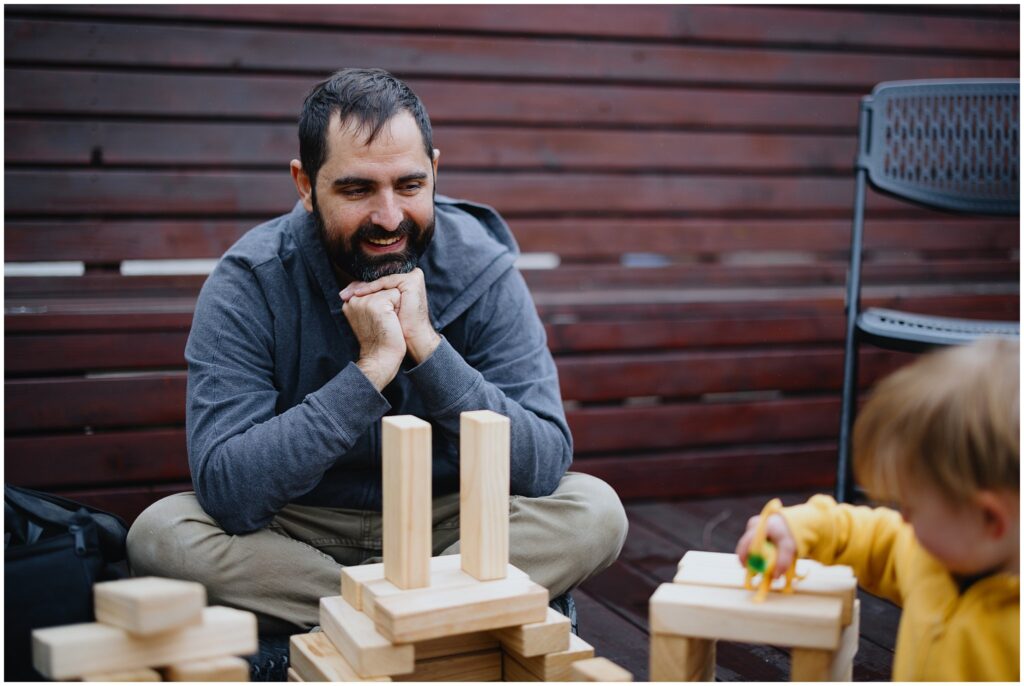
What is Open Adoption?
“In an open adoption, the birth parents and adoptive parents know each other’s identities and agree to maintain contact. Research shows that this openness benefits everyone. Adoptive parents get to learn more about their child’s genetic heritage, their cultural history, and medical history. The birth parents get to watch their child grow and thrive which helps validate their difficult choice. Ideally, hopefully, this mitigates the grief and loss they will be coping with over the years, some for the rest of their lives. Adoptees benefit from knowing critical pieces of their life story: where they came from, their biological roots, and the existence of siblings. Having just basic information can be hugely helpful in demystifying an adoptee’s life story.”
Visit the link below to read the full article on Open Adoption.
Source: Family Formation
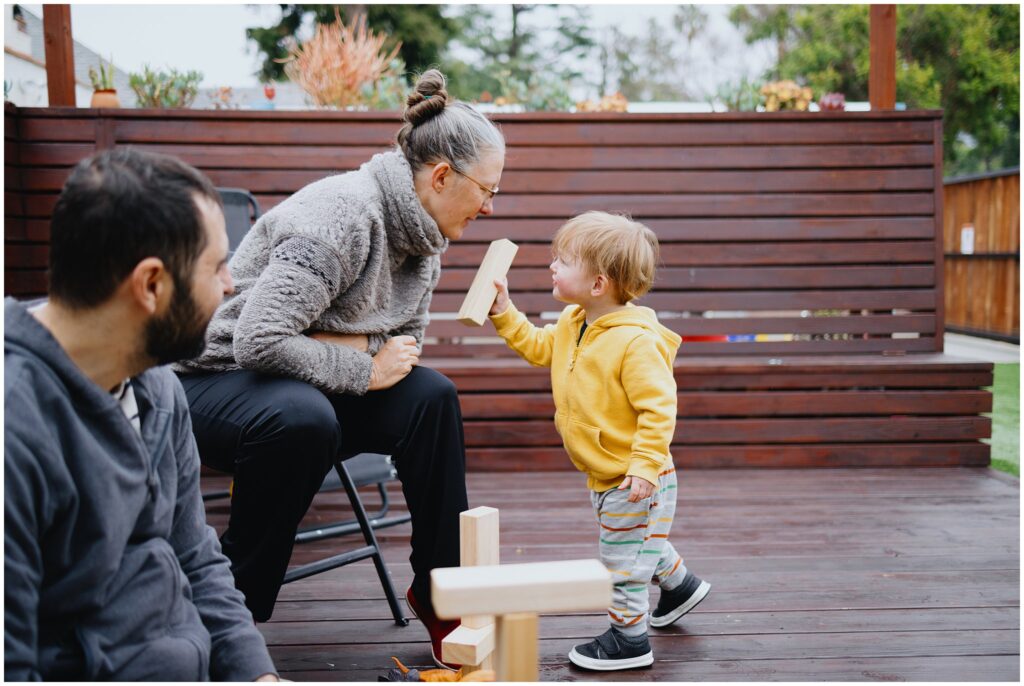
Postpartum Depression in Adoptive Parents
“Postpartum depression can also affect adoptive parents. Adoptive parents do not have the same physical experience that a birthmother does. However, there are similar emotional and mental stresses that come with welcoming a new child into the home.
Often referred to as post-adoption depression, this mood disorder can be just as crippling as postpartum depression is in new mothers. The reasons for post-adoption depression are many. Some new adoptive parents feel they are not forming the bond they hoped they would with their child. Others underestimate the work and lifestyle shifts that come from adopting a child.
Still, post-adoption depression remains largely unrecognized. Many adoptive parents—both new mothers and fathers—suffer from their symptoms in silence. This is often because postpartum depression is associated with biological factors that many adoptive parents feel they are exempt from.”
Visit the link below to read the full article on Postpartum Depression in Adoptive Parents.
Source: PostpartumDepression.org

About Marjorie
Hi, I’m Marjorie. I’m a Newborn & Family Photographer based in Los Angeles, California, and the creator of this documentary series, “I Wish I Knew… A Series on Parenthood.”
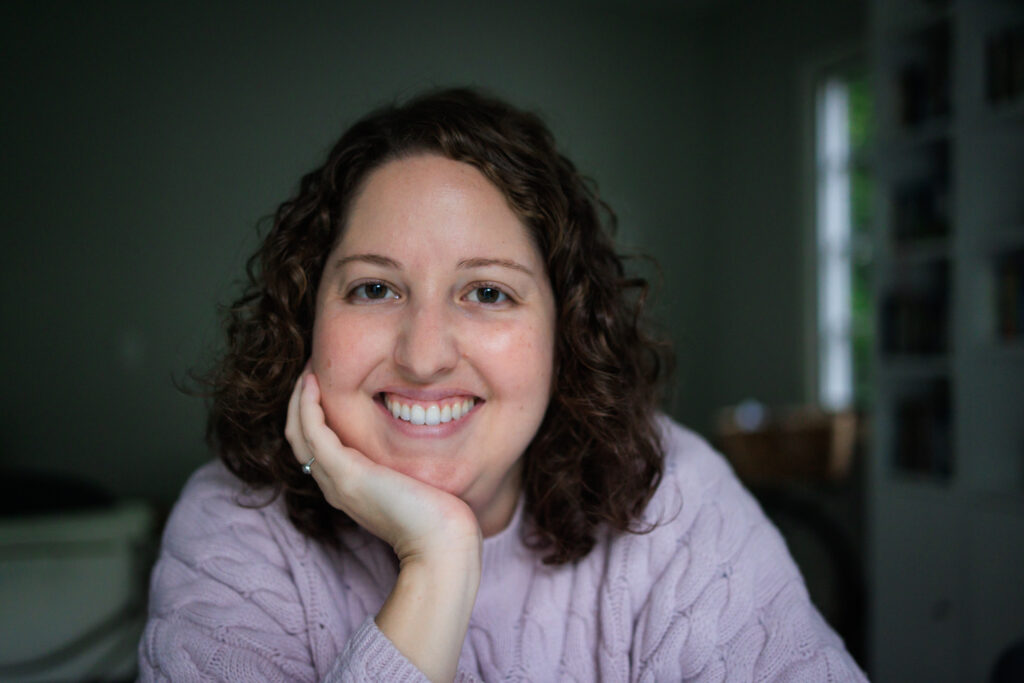
Soon after I started my business and began hanging out with different families, I realized every single parent I knew had gone through something. Everyone had a story.
I decided to use my background in filmmaking to create a platform where parents could share their stories. My hope is that we can learn from each other and normalize events and experiences that have been labeled as taboo.
Sign up to receive the latest episode!
If you’re interested in staying in the loop and being among the first to watch new episodes as they are released, join the email list!
We cover topics such as mental health, pregnancy loss, adoption, divorce, out-of-hospital birth, and more.
Preparing Your Home For Your Photo Session
Easy and stress-free guide on getting your home ready for a photo session. Here’s what you need to do and here’s what you can skip!
5 Quick Tips for
grab your guide
free guide
Post Comments